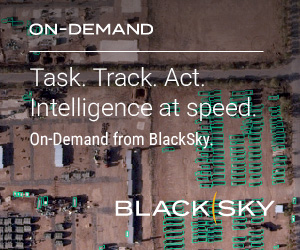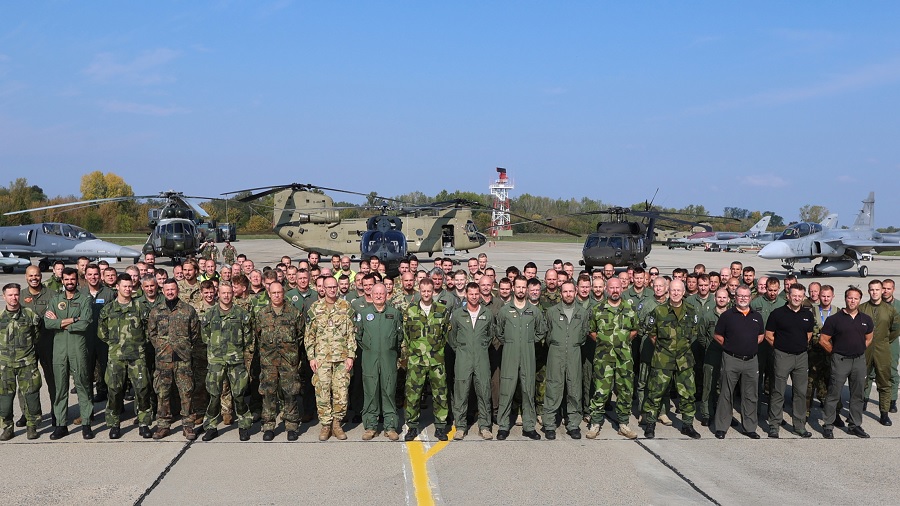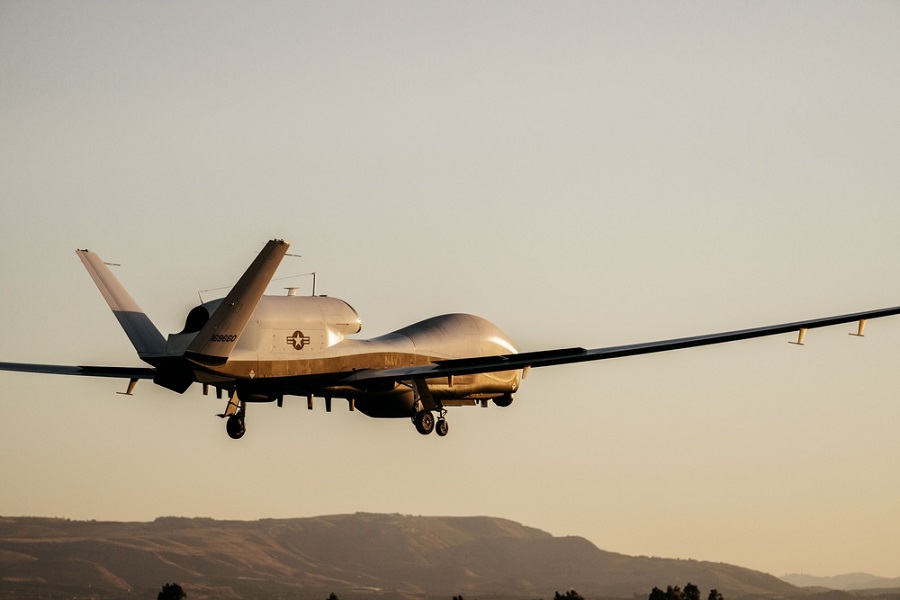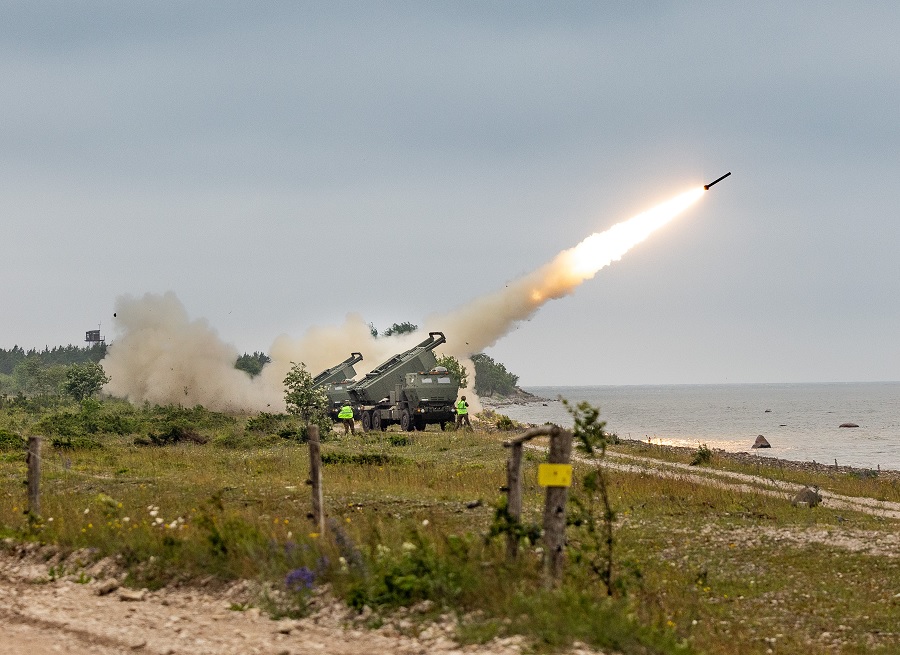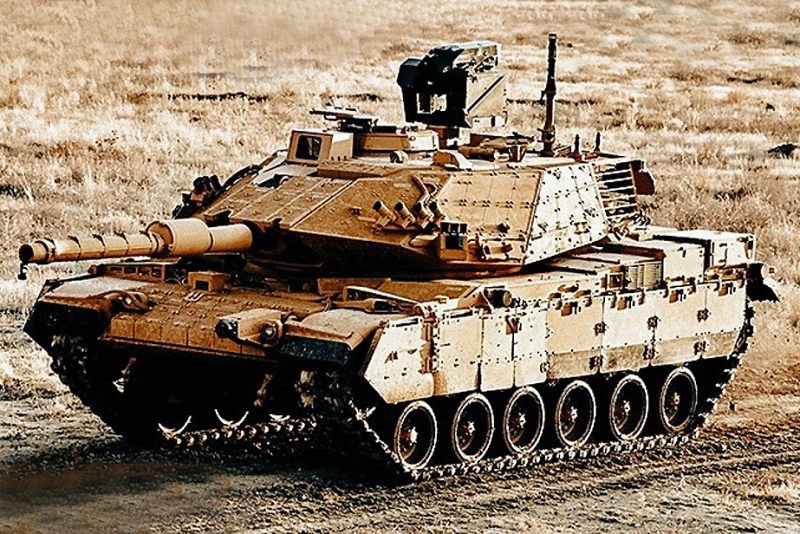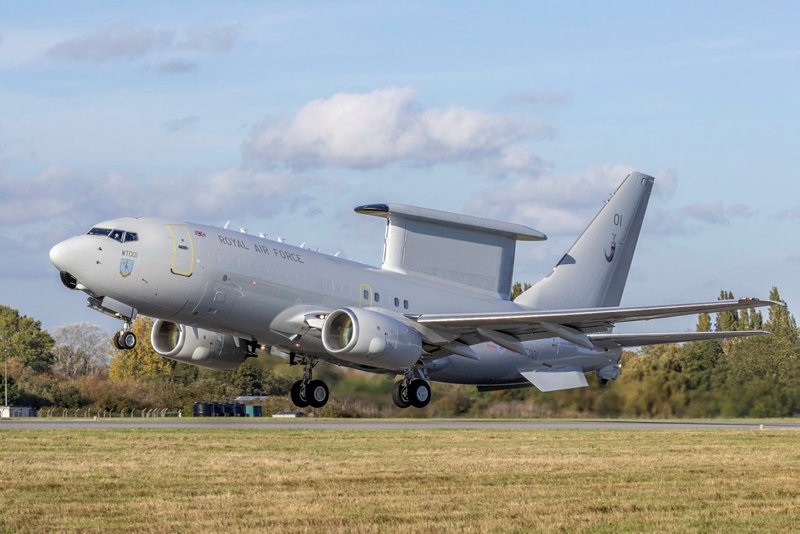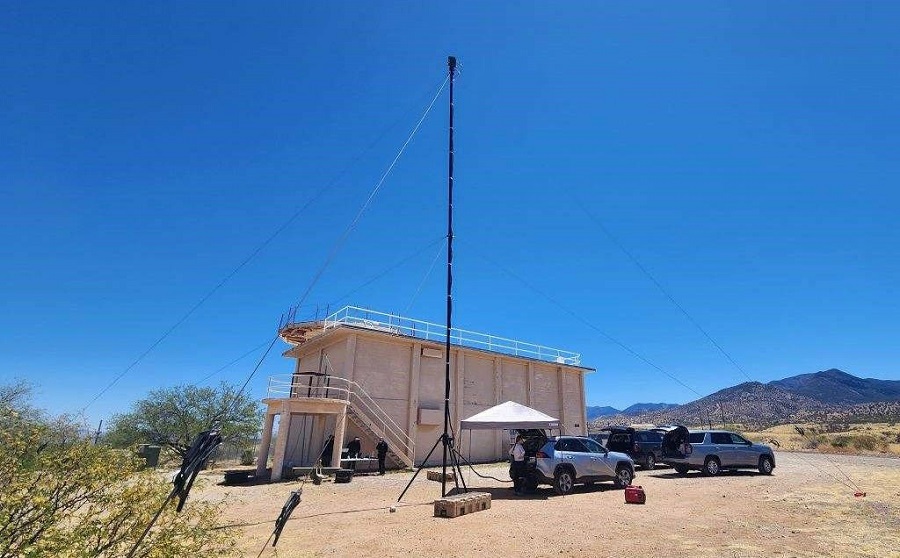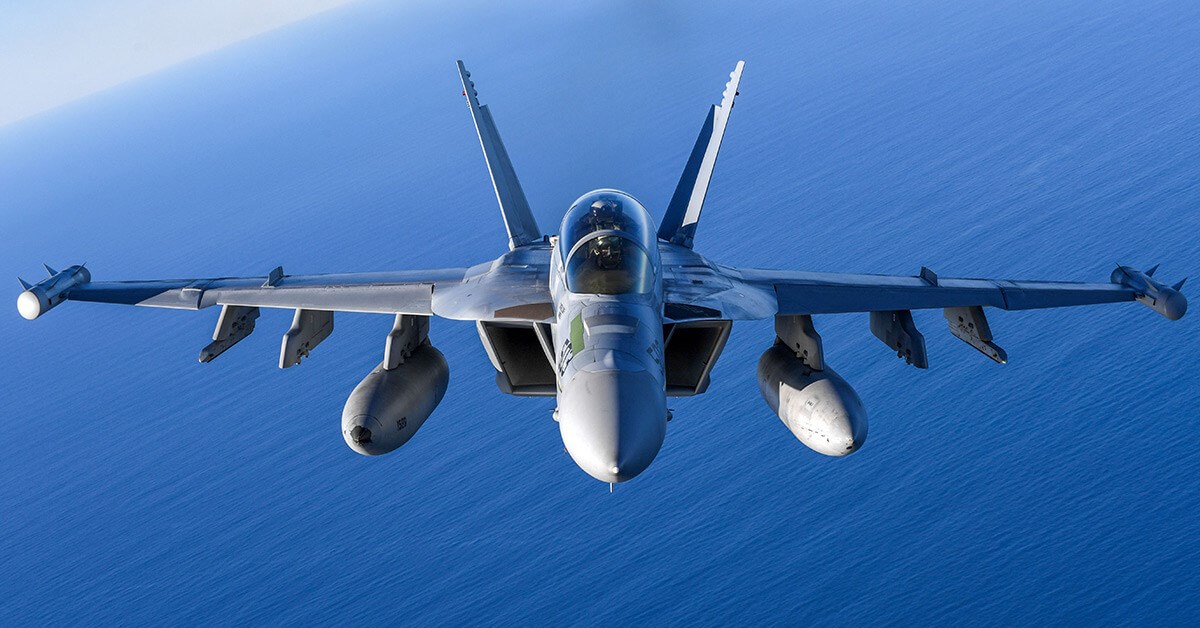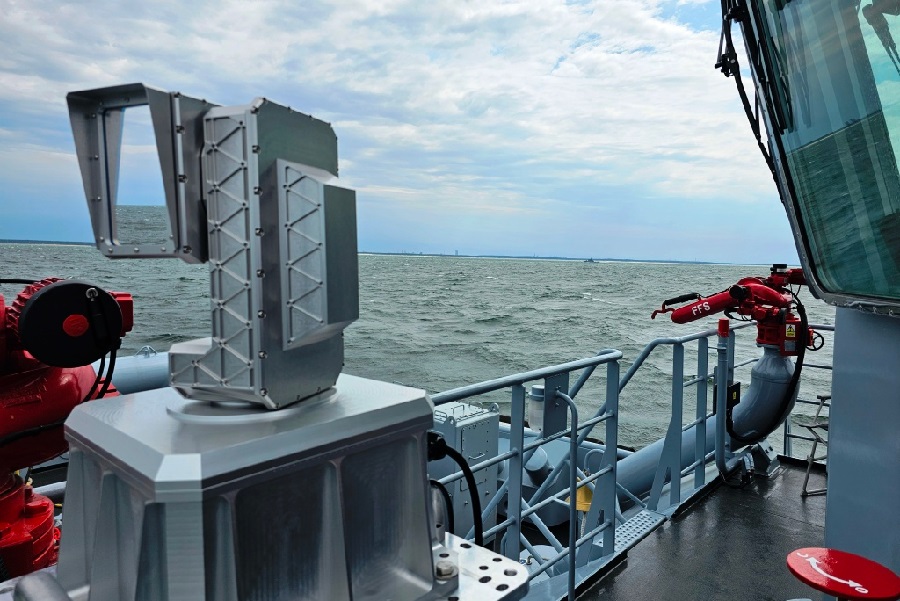In particular, the Action Plan on Military Mobility will help European armed forces to respond better, more rapidly and at sufficient scale to crises erupting at the EU’s external borders and beyond. It will bolster the EU’s ability to support Member States and partners as regards transport of troops and their equipment. It works towards better connected and protected infrastructure, while streamlining regulatory issues. It will reinforce cooperation with NATO and promote connectivity and dialogue with key partners.
Building on the achievements of the first Action Plan launched in 2018, the new Military Mobility covers the period 2022-2026 and includes:
- Identification of possible gaps in the infrastructure, informing future actions to prioritise improvements and integrate fuel supply chain requirements, to support short-notice large-scale movements of military forces;
- Digitalisation of administrative processes related to customs logistics and military mobility systems;
- Measures to protect transport infrastructure from cyber-attacks and other hybrid threats;
- Promoting access to strategic lift capabilities and maximising synergies with the civilian sector to enhance the mobility of the armed forces, especially by air and sea;
- Enhancing the energy efficiency and climate resilience of transport systems;
- Reinforcing cooperation with NATO and key strategic partners, such as the US, Canada and Norway, while promoting connectivity and dialogue with regional partners and enlargement countries, such as Ukraine, Moldova and the Western Balkans.
To ensure a well-connected, capable and secure military mobility network, the European Commission is supporting the Action Plan with funding instruments such as the Connecting Europe Facility (funding dual-use transport infrastructure projects), and the European Defence Fund (supporting the development of interoperable logistical and digital systems).
Background
The first Action Plan on Military Mobility was launched in 2018 to strengthen the EU Common Security and Defence Policy. It aimed to ensure swift and seamless movement of military personnel, materiel and assets – including at short notice and at large scale – within and beyond the EU. It helped to create a well-connected network, with shorter reaction times and capable, secure and resilient transport infrastructure and capabilities.
The new Action Plan on Military Mobility responds to the call in the Strategic Compass to enhance the military mobility of our armed forces within and beyond the Union following Russia’s military aggression against Ukraine. This urgent need was also reflected in the Joint Communication on defence investment gaps adopted in June 2022.
Military Mobility is supported through other defence initiatives, notably through the Permanent Structured Cooperation (PESCO) Military Mobility project and Logistical Hubs project. The European Defence Agency’s programme on “Optimising Cross-Border Movement Permission procedures in Europe” and the Coordinated Annual Review on Defence (CARD) also contribute to the effort.
Together with the Security and Defence package, the Commission is also publishing today the first progress report on the Action Plan on synergies between civil, defence, and space industries, available here.

